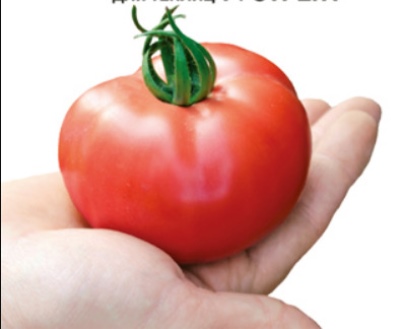
- Authors: Alekseev Yu.B.
- Year of approval: 2012
- Category: hybrid
- Growth type: indeterminate
- Appointment: fresh consumption
- Ripening period: early
- Ripening time, days: 95-100
- Growing conditions: for open ground, for film greenhouses
- Bush size: tall
- Bush characteristic: strong
The best known plant varieties are not necessarily the best. And the Strega tomato confirms this rule completely. However, a good result with it is achieved only by those gardeners who thoroughly study all the subtleties in advance.
Breeding history
The origin of the Strega tomato is characterized in official descriptions sparingly. It is known that its developer was the breeder Yu. B. Alekseev. And also the state registration of this culture in 2012 was confirmed. Therefore, we can conclude that it has been used for quite a long time.
Description of the variety
Strega is a hybrid in origin. Therefore, there is absolutely no point in planting the collected seeds. It is also worth noting that this is a classic indeterminate plant, and therefore its bushes can be inconvenient. Cultivation is possible both in the open field and in film greenhouses. Tall bushes will develop medium-sized foliage.
The main qualities of the fruit
The Strega berries that have just emerged from the ovaries are light green in color. They are also characterized by the absence of spotty areas in the region of the stalk. Having reached ripeness, the tomato acquires a red color. These are large fruits weighing 250-300 g. For them, a flat-round shape is typical, and in 1 brush there will be from 4 to 7 tomatoes.
Other features:
simple type of inflorescences;
laying of the first inflorescence only after 9 leaves;
articulated stalk type.
Taste characteristics
The pulp of this variety is invariably firm. The smooth skin does not at least impair the perception of taste. The meatiness and juiciness of the fruit is also noted. The berries are sweet, contain a slight sourness, but it does not spoil the experience either. There are a lot of sugars and dry ingredients.
Ripening and fruiting
Strega is a typical early tomato. Between the formation of green shoots and the laying of the first berries ready for picking, it takes from 95 to 100 days. However, one must understand that in reality this period may vary depending on the weather and care measures.
Yield
Productivity is officially declared up to 26.9 kg per 1 sq. m. But this prefix "before" must be taken into account. It shows that much depends on the plots used, on competent agricultural technology and other necessary measures. And you also have to take into account the weather factors.
The timing of planting seedlings and planting in the ground
It is necessary to sow seeds in containers with a substrate prepared in advance 60 days before the approximate moment of transshipment into open ground. The transshipment time comes most often in the second half of May. Only gardening intuition and personal experience helps to define it more precisely.

Growing tomato seedlings is an extremely important process, because it largely depends on whether the gardener will be able to harvest at all. All aspects must be taken into account, from seedbed preparation to planting in the ground.
Landing scheme
Usually 2.4-2.5 bushes are planted per 1 sq. m. This is the recommendation given by professionals. Unofficial sources sometimes claim that compacted planting results in increased productivity. Clarify that when planting 4-5 bushes per 1 sq. m they must be kept strictly in 1 stem.

Growing and care
Eliminating Stregi's stepchildren is absolutely essential. And also the bushes will have to be fixed to the support and correctly formed. Sowing is initially led to common boxes. The seeds must be germinated at 25 degrees. As soon as 2 or 3 true leaves appear, the seedlings should dive at a distance of 10 cm.
Drying of the soil is categorically unacceptable. Transfer of seedlings to open ground is carried out only after the end of return frosts. To increase the resistance to top rot, fluff or chalk is additionally laid in the ground. These substances are spent in the amount of 1 kg per 1 sq. m. When 10-14 days have passed after planting, it is necessary to apply a complex nitrogen fertilizer.
Among them, Kemira Plus is especially distinguished. But you can also use the more traditional nitrophobic. In order for the flower brushes to form well and the ovaries to form, it is required to carry out a couple of dressings with phosphorus-potassium compounds. For the first time, such a solution is used when 1 brush is formed. Fertilizers are re-applied after another 14 days.




A plant needs different micronutrients at each stage of growth. All fertilizers can be divided into two groups: mineral and organic. Folk remedies are often used: iodine, yeast, bird droppings, eggshells.
It is important to observe the rate and period of feeding. This also applies to folk remedies and organic fertilizers.
Disease and pest resistance
Plants will have to be protected from all the same insect pests as other tomatoes. At the same time, the official description insists that such a culture is almost immune to:
cladosporium disease;
verticillosis;
apical fruit rot;
fusarium wilting;
tobacco mosaic.



























































































